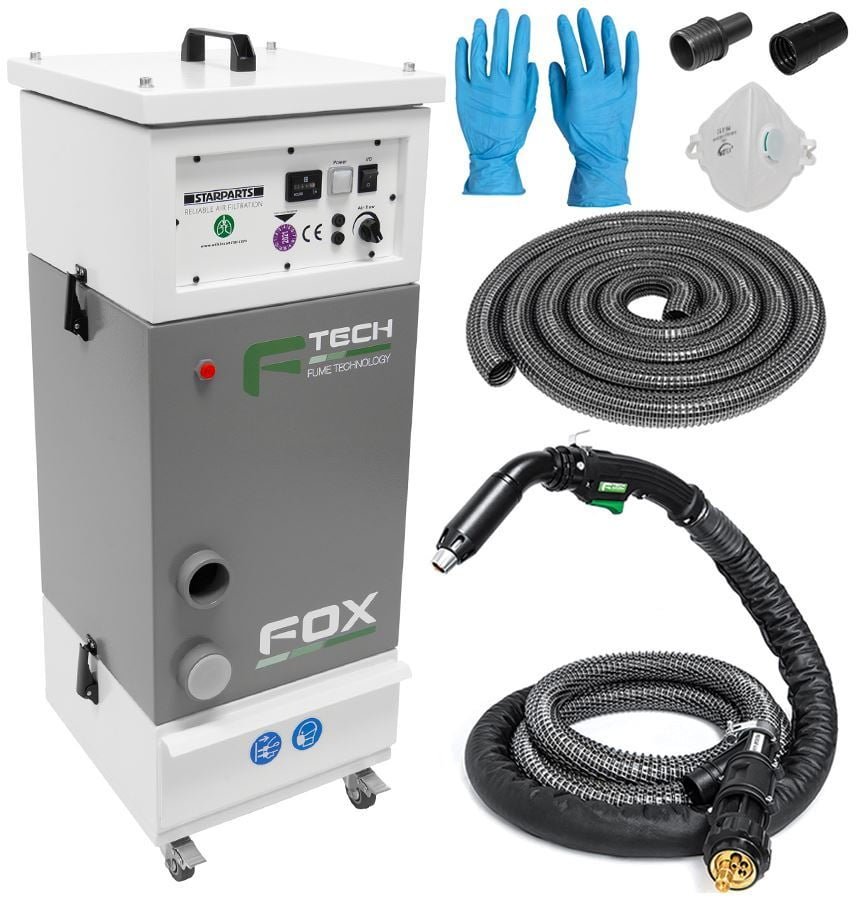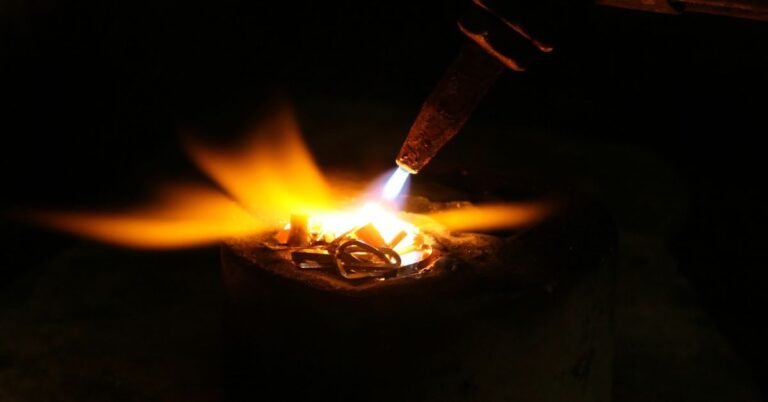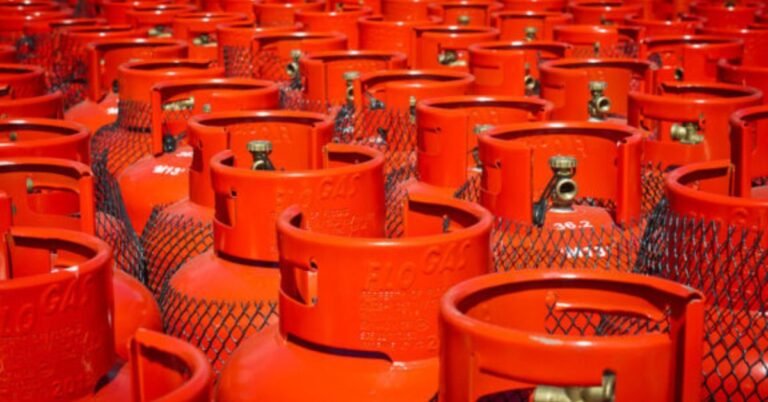Are welding fumes toxic?
Welding is a widely used and valuable process in various industries, from construction and manufacturing to automotive and aerospace. While it allows us to create strong and reliable structures, it also produces welding fumes that can pose health risks. In this blog post, we will explore the potential hazards of welding fumes and the importance of implementing proper safety measures to ensure the well-being of welders and those working in welding environments.
- Understanding Welding Fumes:
Welding fumes are airborne particles and gases generated during the welding process. These fumes contain a mixture of fine metallic particles, vaporized metal, and various compounds that can be harmful if inhaled. The composition of welding fumes varies depending on the type of welding process, the materials used, and the welding environment.
- Health Hazards of Welding Fumes:
Inhaling welding fumes can lead to a range of health issues, especially when exposure is prolonged or in high concentrations. Some of the potential health hazards associated with welding fumes include:
- Respiratory Problems: Welding fumes can irritate the respiratory system, causing symptoms like coughing, wheezing, shortness of breath, and bronchitis.
- Metal Fume Fever: This condition, also known as “welder’s flu,” results from inhaling zinc oxide fumes and can cause fever, chills, headache, and muscle aches.
- Long-term Effects: Chronic exposure to welding fumes may lead to more serious health conditions, such as occupational asthma, lung damage, and certain types of cancer.
- Safe Welding Practices to Minimize Exposure:
To protect welders from the potential hazards of welding fumes, it is essential to follow safety guidelines and adopt proper ventilation measures. Here are some key practices to minimize exposure:
- Adequate Ventilation: Ensure proper ventilation in the welding area to disperse fumes effectively. Local exhaust ventilation systems can capture and remove fumes at the source, reducing exposure for the welder.
- Respiratory Protection: In situations where ventilation is not sufficient, or when working in confined spaces, welders should wear NIOSH-approved respirators to protect their lungs from inhaling harmful particles.
- Use of Fume Extractors: Portable fume extractors can be beneficial, especially in confined spaces, to remove fumes directly from the welding area, providing an added layer of protection.
- Work Practices: Implement good work practices, such as positioning yourself upwind of the welding fumes, to minimize direct exposure. Also, avoid welding in enclosed areas without proper ventilation.
- Personal Protective Equipment (PPE): Wear appropriate PPE, including welding helmets, gloves, and flame-resistant clothing, to protect the skin and eyes from fume exposure.

Conclusion:
While welding is a valuable and necessary process in various industries, it is essential to acknowledge and address the potential hazards associated with welding fumes. By understanding the risks and implementing proper safety measures, we can create a safer working environment for welders and those in welding spaces. Adequate ventilation, the use of respiratory protection, and adherence to safe work practices are critical in minimizing exposure to welding fumes. Let’s prioritize the health and well-being of welders while continuing to harness the power of welding for innovation and progress.







